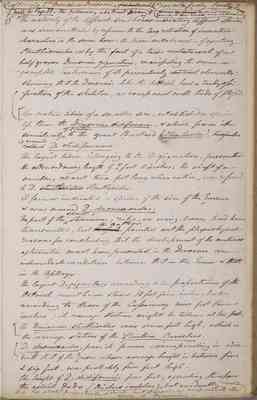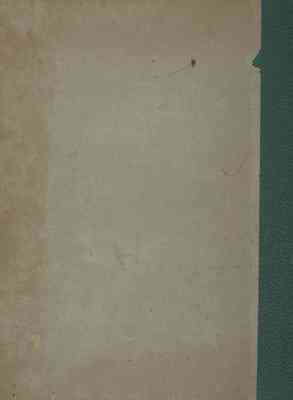Pages
571
Prof Owen's 2nd memoir on Dinornis (proceedings Zoology Society) Note to Page 32. The following abstract gives the evidence from which these ........ were obtained.
"The maturity of the different sized bones indicating different species was demonstrated by reference to the long retention of immature characters in the same bone - the tarso-metatarsal - of existing struthionidae, & by the fact of a tarso-metatarsal of a half grown Dinornis giganticus, manifesting the same incomplete coalescence of its primatively distinct elements; shewing that the Dinornis like the Ostrich had a tardy opi-fication of the skeleton, as compared with birds of flight.
[The mature tibia of a smaller size, established a speciesless than the Dinornis didifornis, & which from its similarity of stature to the great Bustard, (Otis tarda) is named D. otidifornis.
The longest tibia belonging to the D. giganticus, presented the extraordinary length of 2 feet 11 inches. The shaft of a smaller, about two feet long when entire, was referred to D. struthioides.
A femur indicated a species of the size of the Emeu & was named D. dromaoides.
No part of the skull, sternum, ribs, or wing-bones had been transmitted, but the author pointed out the physiological reason for concluding that the development of the anterior extremities must have presented in the Dinornis an intermediate condition between that in the Emu & in the Apteryx.
The largest D. giganticus according to the proportions of the Osterich must have stood 10 feet five inches; but according to those of the Cassowary nine feet five inches; its average stature might be taken at ten feet. [The Dinornis struthioides was seven feet high, which is the average stature of the struthio camelus.
[D. dromaoides, from its femur corresponding in size with that of the Emeu whose average height is between five & six feet, was probably five feet high.
The height of D. didiforonis four feet; exceeding therefore the extinct Dodo (Didus ineptus), but evidently resembling it in the stouter proportions, & shorter metatarsul, as compared with other species of Dinornis.



